| Herpeto - Trip to Milos island (western Cyclades) in the Aegaean sea, Greece from September 1st to September 18th, 2006 |
 |
Preface: So we (Günter Prem from the reptile-zoo in Salzburg and I) decided to do the trip under the motto |
Carpe diem |
 |
The numbers are: 1: Adamas,
2: Plaka / Tripiti,
3: Klima,
4: Zefiria,
5: Hivadolimni,
6: Empourio, |
| On Friday, September 1st we started in Salzburg early in the morning to Venice. At 2 p.m. we took the "Europa Palace" from the Minoan Highspeed ferries to Igoumenitsa, Greece, where we arrived on |
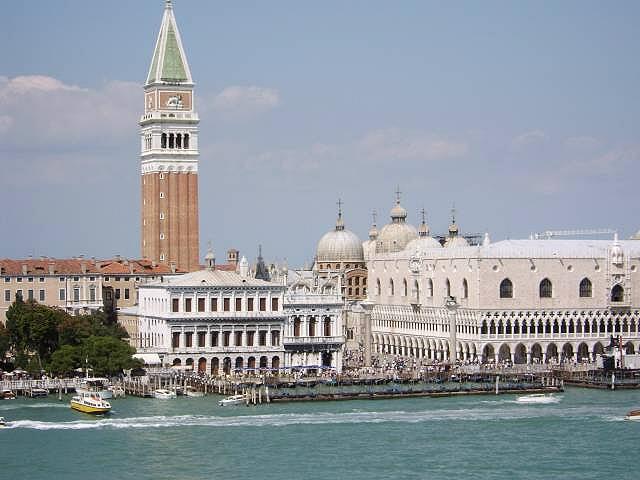 |
| Venice |
 |
| Corfu |
 |
| Corfu |
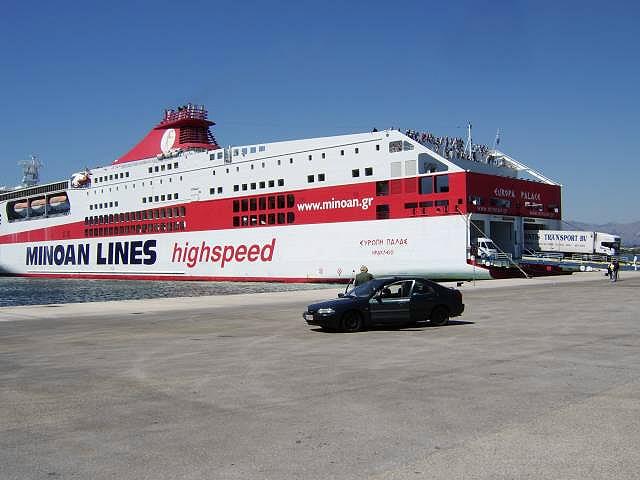 |
| Igoumenitsa, port |
| Saturday, September 2nd at 2:30 p.m. Via Preveza and Astakos we reached the Corinthian Gulf. |
 |
| road killed Malpolon insignitus baby |
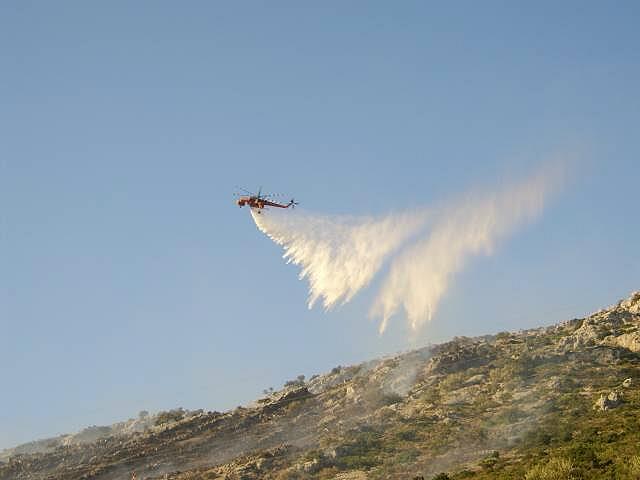 |
| helicopter extinguishing a bush fire |
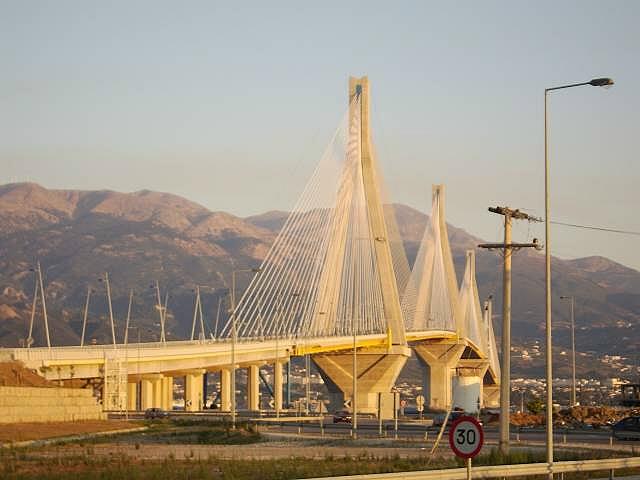 |
| The new bridge connecting the mainland with the Peloponnes (Antirio - Rio) |
| Sunday, September 3rd we reached the port of Pireas in the early afternoon. In the ticket-office they told us, there is a fast ferry to Milos now. Departure 4:30 p.m. |
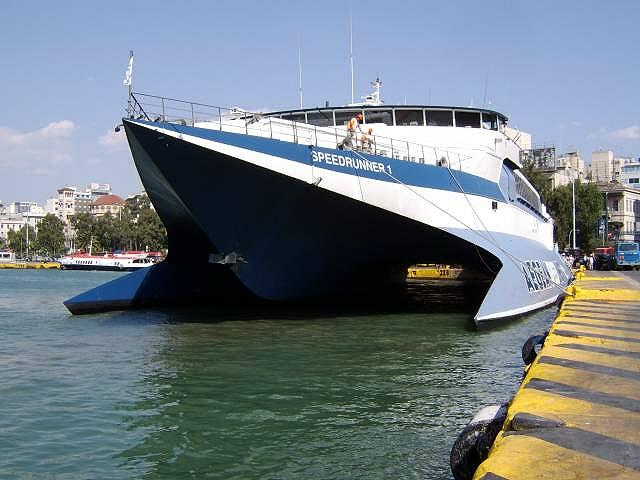 |
| This was our car-ferry: Speedrunner 1 |
 |
| Out of the harbour: FULL SPEED |
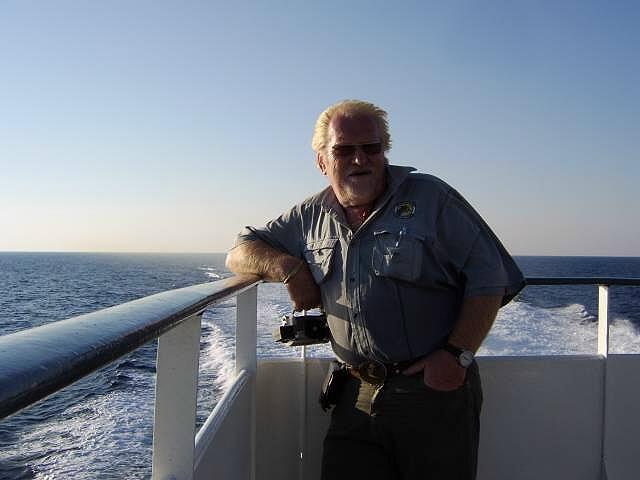 |
| Günter Prem |
 |
| Sunset short before arrival at Milos |
| In the seventies and eighties we needed 9 to 10 hours for the trip. With this boat it tooks only 3 hours. Maximum speed 42 nautic miles, these are 78 km/h. Arrival at the port of Adamas, Milos at exact 7:30 p.m. |
| Monday, September 4th A first roundtrip brought us to the southwestern part of the island, where we had many good old friends. Unfortunately we had to find out, most have died within the last years. |
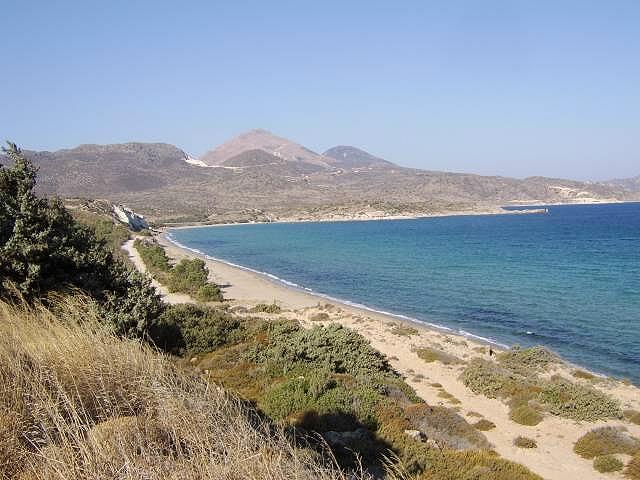 |
| Beach Hivadolimni |
 |
| The church Agia Marina |
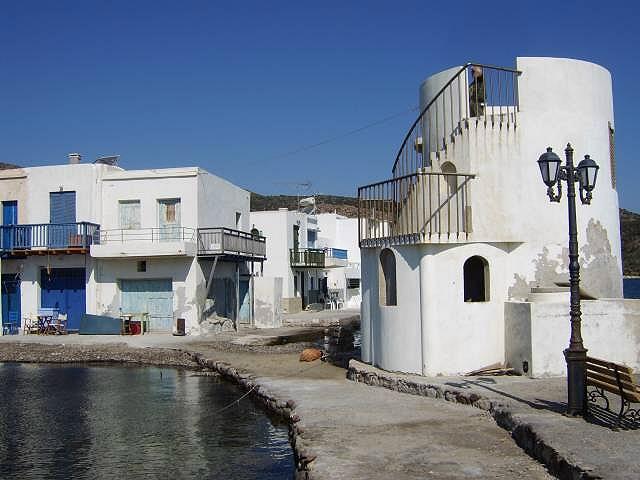 |
| The village Empourio |
 |
| The church Agia Marina. In the background Plaka and Adamas. |
 |
| Church Agia Marina. A bushfire has destroyd the vegetation on nearly the whole hillside. |
| Although we looked under "every" stone or trash, no snake or skink has been found. Only a few Podarcis milensis have been seen in creeks, fields or sitting along the roads. Common under stones or in walls have been Mediodactylus kotschyi. |
 |
| Porcelainclaim (Caolin) has been digged out of these caves since some hundred years. |
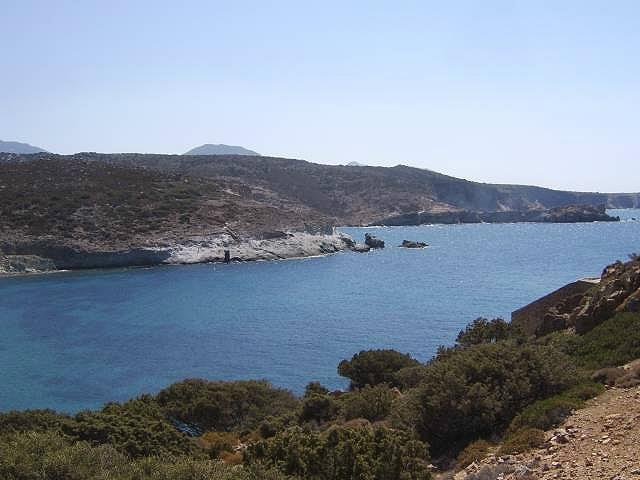 |
| Bay in the southwestern part of the island |
 |
| The beach Kontaro. View to the east |
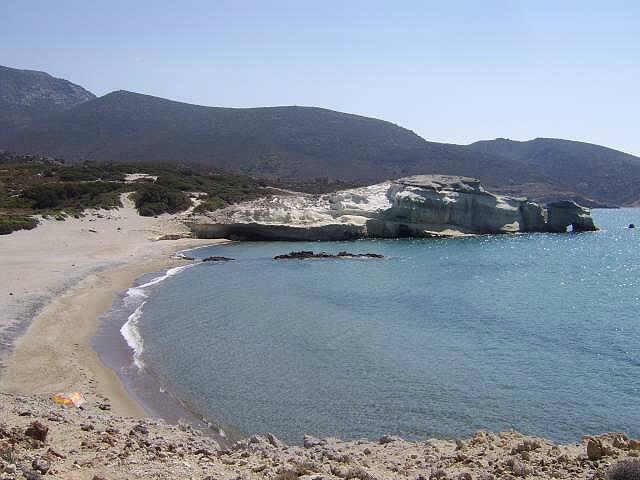 |
| The beach Kontaro. View to the west |
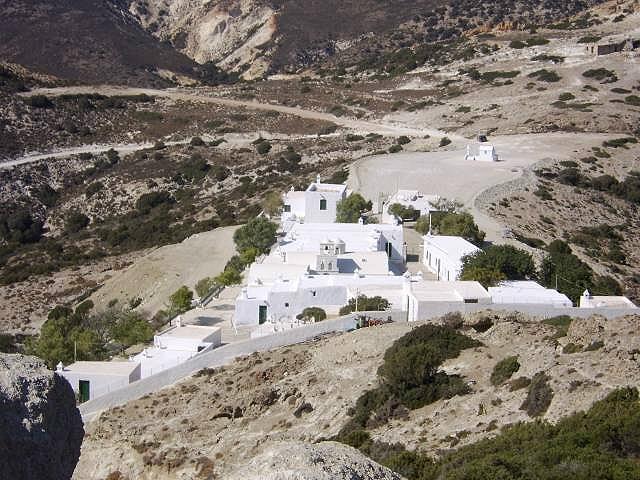 |
| The monastery Agiou Ioannou in the west of Milos |
 |
| One of the most western spots of the island |
 |
| Potamos near Agiou Ioannou. A good place for Macrovipera schweizeri during spring time |
| Tuesday, September 5th: During this morning we drove through the northeastern part of Milos. From Zefiria to Pollonia, back via Voudia and Archontimio to Zefiria. No snake ! |
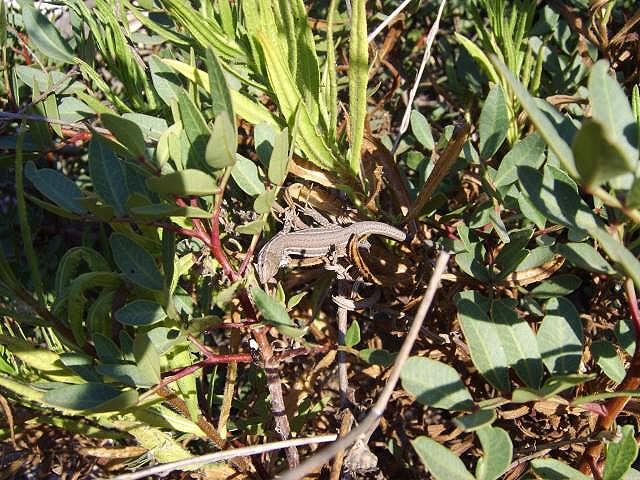 |
| A female Podarcis milensis in "our" garden |
 |
| Port of Pollonia |
 |
| Paleohori - beach. View to the west. |
 |
| Sulphur mines near Poliorema |
| Wednesday, September 6th: In the morning hours we searched for herps in the northwestern part of Milos and visited the capital Plaka as well as the fishermen village Klima. In the afternoon, after hours of unsuccessful searching, we visited Firopotamos and had a look to the sunset up in Plaka |
 |
| Podarcis milensis in "our" garden |
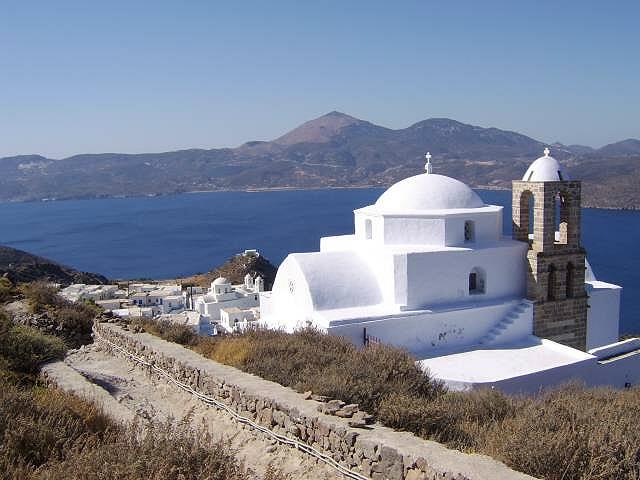 |
| Plaka. View to the south across the bay |
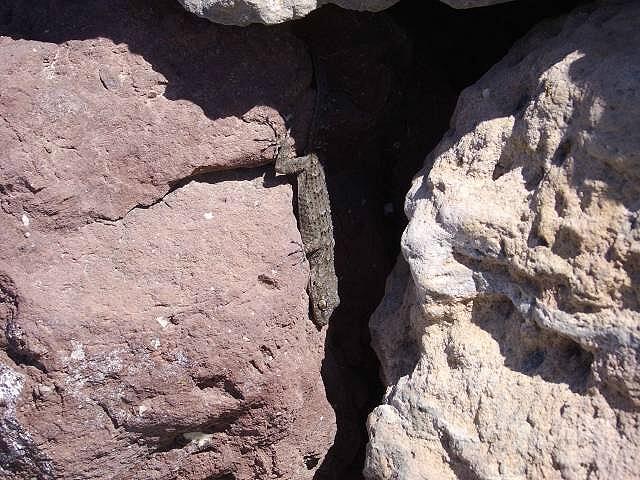 |
| Mediodactylus in a wall in Plaka |
 |
| The little village Firopotamos in the north of the island |
| Thursday, September 7th: In the morning hours (Greek time 8:00 to 12:00 - real time 6:00 to 10:00) we walked and searched in the valleys in the mountainous west of the island. So we know two, still having water in autumn, we hopped to be lucky to find a Milosviper. But nothing. Only a few Podarcis and Mediodactylus. |
 |
| "Our" Garden Milos wall lizard. She was here every morning. |
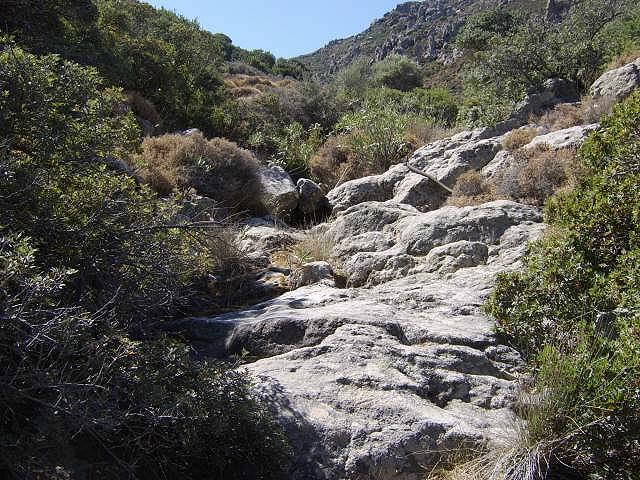 |
| Potamos near Agia Marina. Although having water all year round - no Macrovipera schweizeri |
Fryday, September 8th: Again, we tried the north of Milos, this time the central part, on this morning. But only a few Mediodactylus below trash. During afternoon we followed our motto: Carpe diem and enjoyd the culinary specialities from the island |
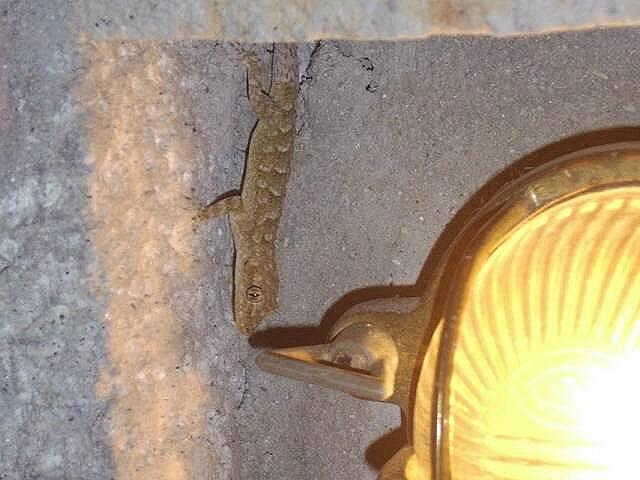 |
| Mediodactylus at night in our garden |
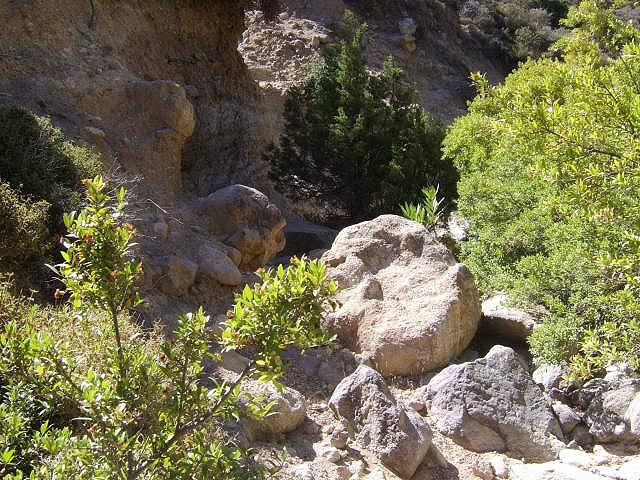 |
 |
| Potamos near Empourio |
| Sunday, September, 10th: In the morning it looks like it would rain at least. It was complete cloudy and the "Meltemi", a cold wind from the north was blowing. But nothing. Only a few, countable raindrops around noon. In the afternoon the sky was nearly without clouds and the wind calmed down also. |
 |
 |
| Podarcis milensis males |
 |
| Mediodactylus kotschyi |
 |
| Podarcis milensis female |
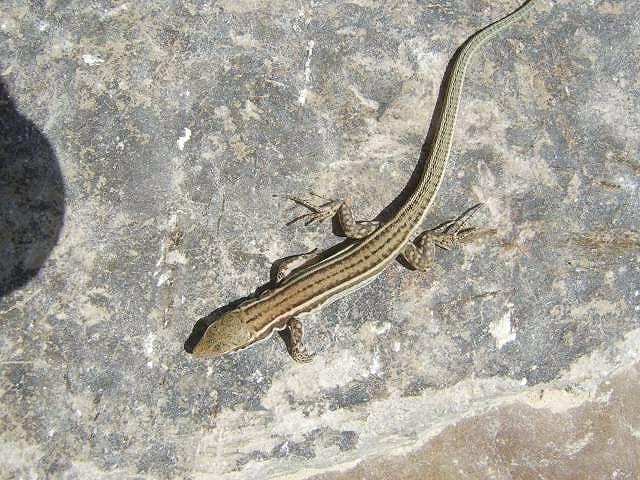 |
| Podarcis milensis Baby |
 |
| The only "lebetina" we saw |
| Tuesday, September 12th: The day of departure. Everything - a lot of stuff - has be be packed. So there was nearly time to look for animals. At 4:30 p.m. our ferry left, Speedrunner 1 again. This time we stopped in Siphnos and Serifos. So the travel time should be one hour more. Due to the very rough sea it was about 1,5 hours more. Short after 9:00 p.m. we reached Pireas and drove late into the night up to Lamia. |
 |
| Good bye, Milos |
| Wednesday, September 13th: Around Lamia. Reptiles, although mostly tortoises. A few Lacerta trilineata run into the bushes. In the later afternoon we drove up to Kalambaka to the Meteora rocks. |
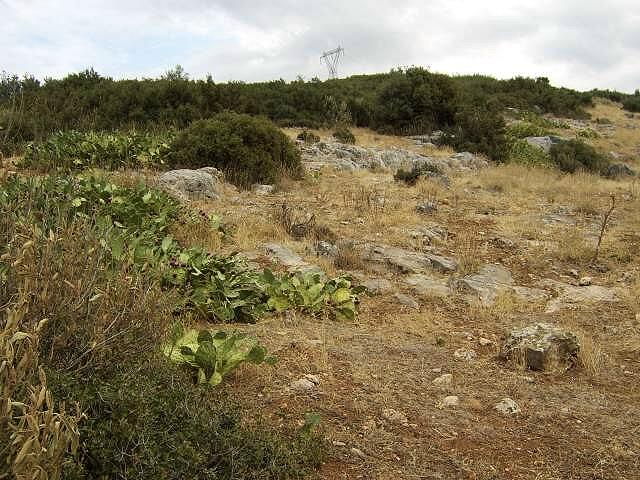 |
| habitat near Lamia |
 |
| Testudo marginata female |
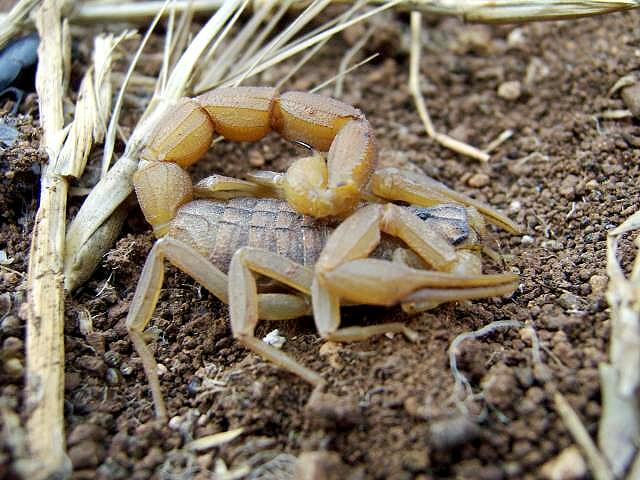 |
| This scorpion we found under trash |
 |
| subadult Testudo marginata - Watch the purple head and frontlegs |
 |
| Tortoises feed on the cactus-figs |
Thursday, September, 14th: Meteora: This means: Those, growing up to the sky. When standing at the feet of the rocks you may believe it. |
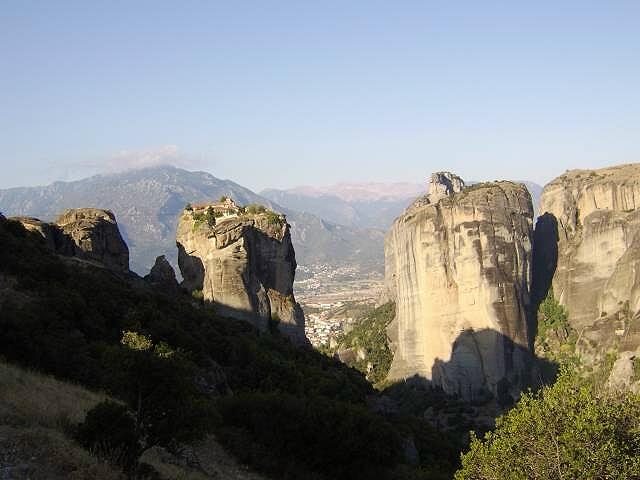 |
| Meteora. Monastery Agias Triados |
 |
| Meteora. Monastery Roussanou |
 |
| Meteora rocks |
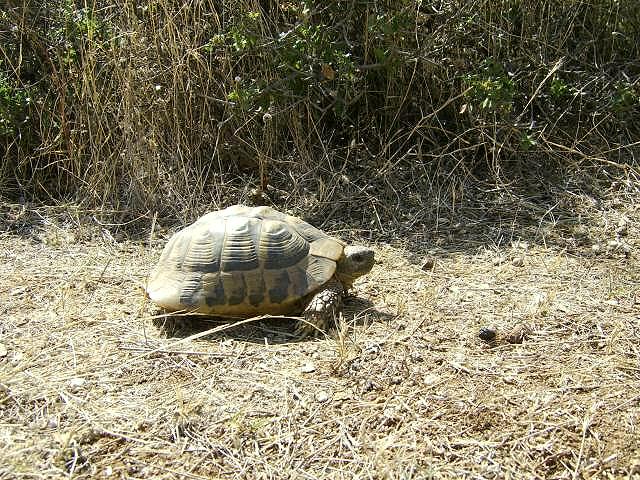 |
| Testudo hermanni boettgeri female |
 |
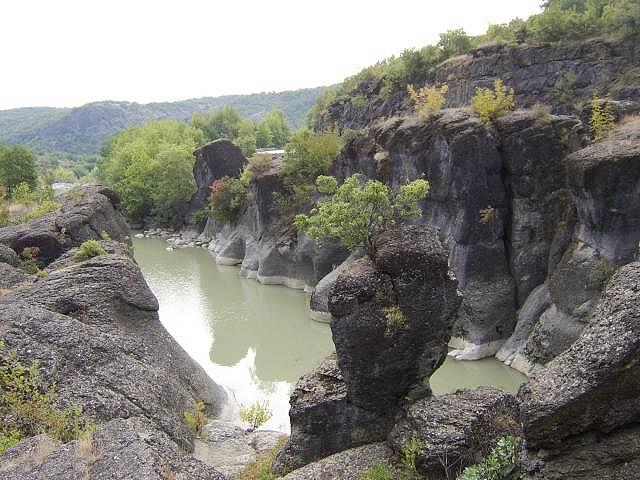 |
| Gorge "Stena" near Grevena |
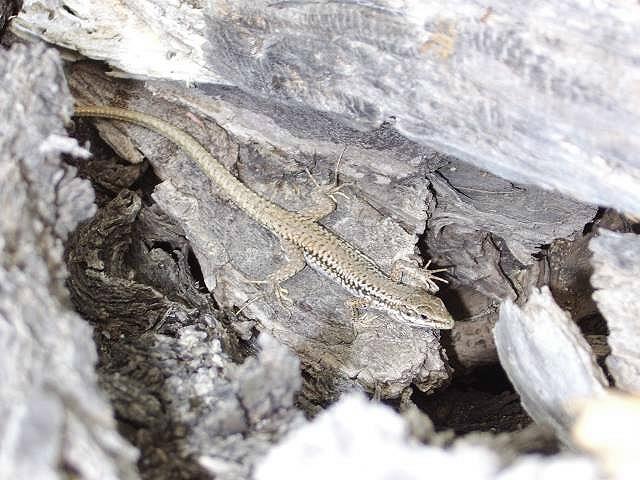 |
| Podarcis erhardi riveti male |
| Saturday, September, 16th: In the morning we had a last look around Kalambaka. Just by chance we found two aestivating Testudo h. boettgeri deep in soil and leafes inside a bush - in an area I found every spring 30 to 40 tortoises within one hour. At noon we drove over the Katara bent to Igoumenitsa. Short before the town we found a fresh roadkilled, very large Testudo marginata and a roadkilled Testudo h. boettgeri baby. |
 |
| Arrival at Venice - nearly back home |